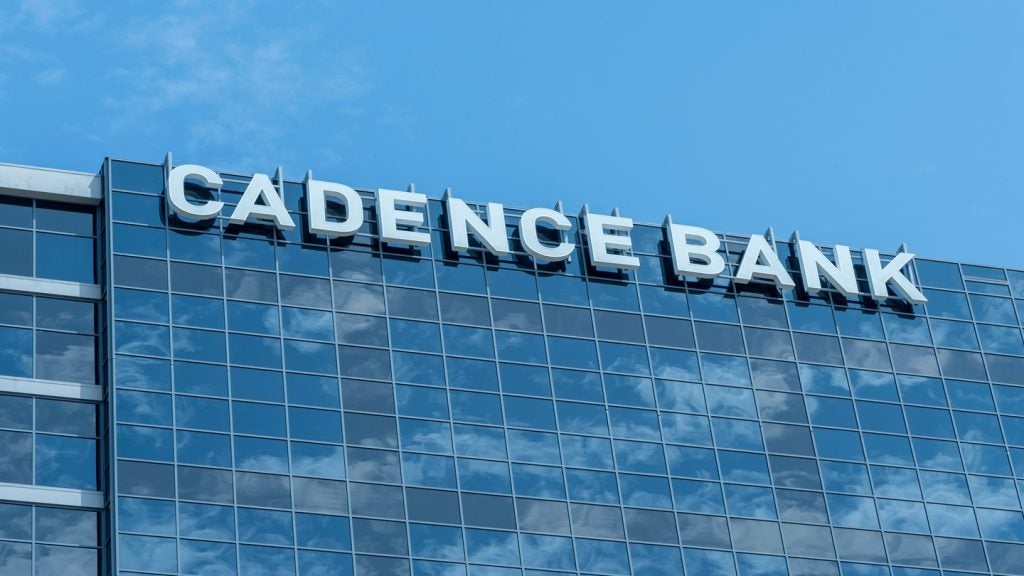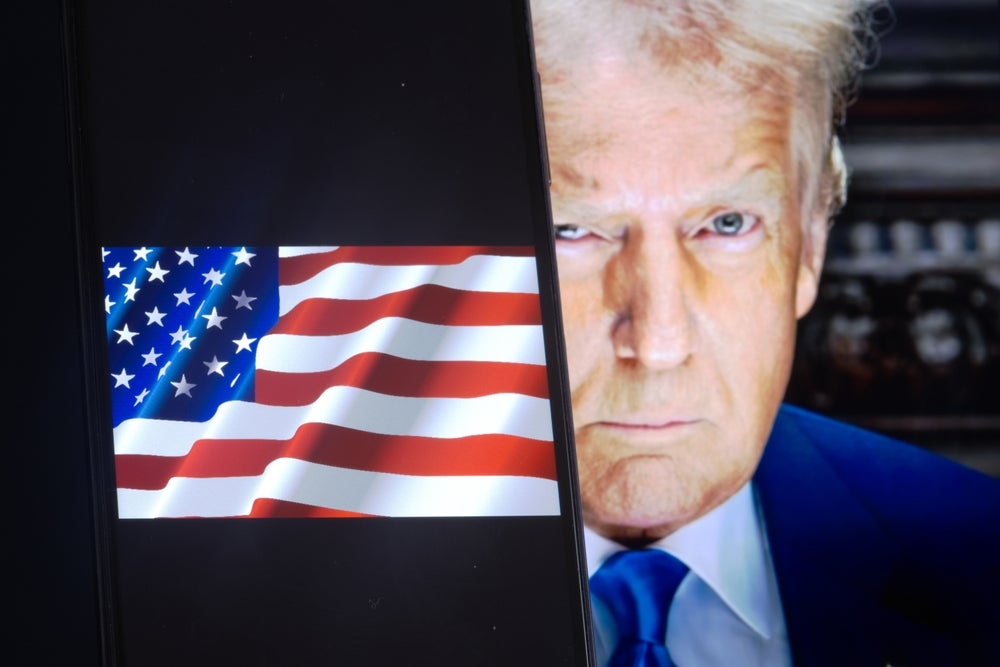China remains the world’s most attractive consumer
banking market – and the country’s underpenetrated cards market is
the most interesting aspect of its banking industry. A group of
foreign banks including HSBC, BEA and Citi have now been given the
green light to offer yuan card products, reports William
Cain.
Foreign banks given permission to issue yuan-denominated debit
and credit cards in China have described the decision as a
significant step forward in their operations in the rapidly
developing country.
Citi, HSBC, Standard Chartered, Bank of East Asia and Hang Seng
Bank have been told they can issue the cards if they meet specific
criteria set out by the country’s central bank (the criteria remain
unspecified). The banks could have debit card programmes up and
running by the end of 2008, although it will be longer before they
can issue credit cards.
Standard Chartered spokesman Arijit De told RBI: “China is one of
our top priority markets, so we are very happy with any such move.
We are waiting for the launch of our debit card business soon,
hopefully by the end of this year, providing regulation is in
place. This is an important decision, because it will help develop
the market.”
Standard Chartered has had a presence in China since 1851 and was
in the first wave of banks to be allowed to offer locally
denominated bank products. It has been working with China Bohai
Bank, a domestic Chinese company in which it holds a 19.9 percent
stake.
Foreign banks have been able to gain access to China’s cards market
since 2004, but only by partnering with a national bank or taking
an equity stake in a Chinese institution. But barriers are being
lowered in line with the country’s World Trade Organisation
commitments.

US Tariffs are shifting - will you react or anticipate?
Don’t let policy changes catch you off guard. Stay proactive with real-time data and expert analysis.
By GlobalDataDomestic players already established
The potential of the Chinese card market is shown in the booming
figures reported by the country’s leading retail banks. In its
interim 2007 results, for instance, bank card fees at China
Construction Bank rose CNY566 million ($77.9 million) or 32.66
percent due to a “significant rise in the number of bank cards
issued and substantial increases in spending”, according to the
bank. Total spending reached CNY208.4 billion, up 74.10 percent
over the same period last year.
The decision by the Chinese government to open up the country’s
cards market to foreign competition, announced by the deputy
director of the China Banking Regulatory Authority (CBRA), Qi
Jianming, is in keeping with China’s stated policy of promoting
cashless payments as well as its World Trade Organisation
commitments. Bloomberg reported China wants 30 percent of
retail sales to be made through debit and credit cards in 2008, up
from 10 percent in 2005.
HSBC, Europe’s largest bank, currently works with Chinese domestic
bank Bank of Communications, in which it holds a 19.9 percent
stake. It has issued four million co-branded cards, which feature
both banks’ logos. HSBC provides technical support to help
administer the programme.
An HSBC spokeswoman in China said: “It’s the first time foreign
banks have been allowed to issue debit cards subject to meeting
these technical requirements. It is a significant step, although it
is not realised yet. But it is a good beginning – an important
beginning. HSBC is keen to do every new business allowed to broaden
our product suite. In any new development in the country, we want
to be the first out of the gate.”
She added that while the CBRA decision related only to debit cards,
the bank is also waiting for credit card regulation to be
published. Figures from the country’s central bank, People’s Bank
of China, showed domestic banks had issued more than 1.23 billion
bankcards by the end of 2006, of which debit cards accounted for
1.08 billion. Credit cards in issue numbered 50 million, compared
with just three million in 2003.
Tough challenges ahead
HSBC and Citi were the first to take advantage of issuing cards in
partnership with Chinese banks in 2004. They were followed by
American Express a few months later and others since. The strategy
was seen as a way of gaining broad access to the market early,
rather than waiting for regulations to be relaxed, as they are
starting to be now.
Philip Molyneux, professor of banking and finance at Bangor
University in the UK, said it was an important development for the
banks. But he warned it will not be easy for them to establish
themselves against the much bigger Chinese players.
He said: “China’s cards market is rocketing at the moment, but it
all depends on what sort of access the banks have gained. The devil
is in the detail with these things, because when the regulators
give foreign banks access, it is always likely to be limited until
domestic banks are established.”
Chinese government figures showed the total assets of the 90
overseas banks operating in China hit $153.9 billion at the end of
October, an increase of 41 percent year-on-year. They make up 2.24
percent of the country’s banking industry; overseas banks run
around 230 branches in the country.
China’s expected demand for consumer credit will rise dramatically
as incomes increase. A recent report by consultancy McKinsey
estimates that by 2013, China’s consumer credit market, which
includes credit cards, mortgages and other personal loans, will
account for 14 percent of profits in the banking sector, up from
around 4 percent in 2005.
Credit cards will represent 22 percent of consumer credit profits,
or about $1.6 billion, estimated the US consultancy.








